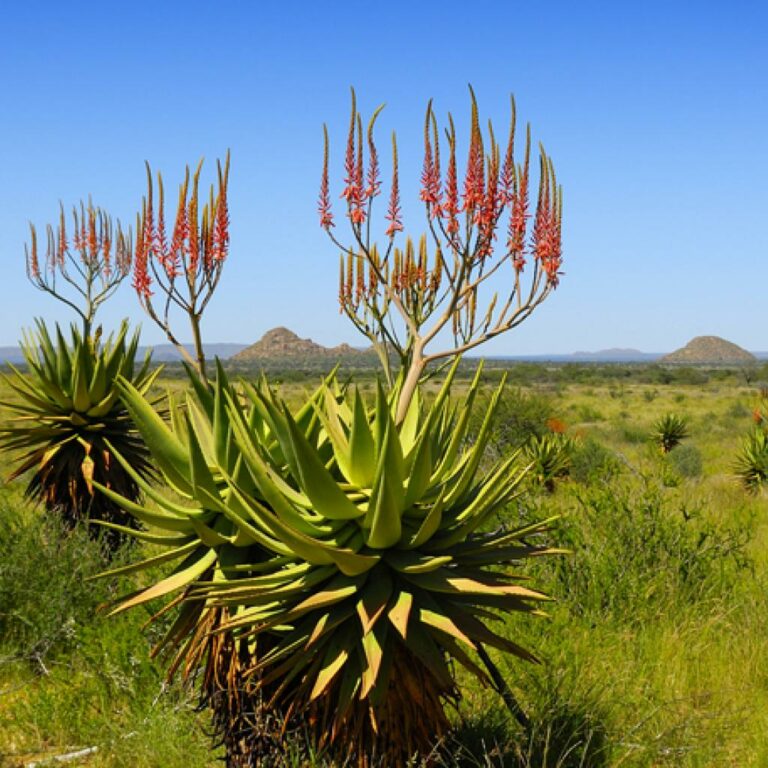Introduction: Namibian Cuisine
Namibia, located in southwestern Africa, boasts a unique culinary tradition that reflects its diverse cultural heritage. Namibian cuisine incorporates local ingredients such as game meats, fish, and indigenous plants, as well as European and African influences from colonialism and migration. Spices and herbs play a significant role in Namibian cooking, adding depth of flavor and complexity to dishes.
Top Spices and Herbs in Namibian Cooking
Namibian cuisine features a variety of spices and herbs that are used for seasoning and marinades. One of the most common spices is cumin, which is used in meat dishes such as beef and venison. Another popular spice is coriander, which is used in stews and soups. Other commonly used herbs and spices include garlic, ginger, chili peppers, and thyme.
Oshiwambo Spice Blend: A Staple in Namibian Cuisine
Oshiwambo spice blend is a staple in Namibian cuisine and is used widely in traditional dishes. The blend is made up of a mixture of herbs and spices, including coriander, cumin, cinnamon, ginger, and cloves. It is commonly used to season meats and is a key ingredient in dishes such as oshifima and kapana. Oshiwambo spice blend adds a unique flavor to Namibian dishes and is a must-try for anyone visiting the country.
Impacts of German and South African Influences on Namibian Spices
Namibian cuisine has been influenced by both German and South African culinary traditions. The Germans introduced sausages and cured meats to the country, which are now commonly found in Namibian dishes. South African influences brought in spices such as curry powder, which is commonly used in Namibian stews. These external influences have blended with traditional Namibian ingredients and techniques to create a unique culinary tradition.
Herero Tribe’s Traditional Spices in Namibian Cuisine
The Herero tribe, one of Namibia’s largest ethnic groups, has its own unique spice blend that is used in traditional dishes. The blend includes spices such as coriander, cumin, and cloves and is used to season meats. The Herero tribe’s traditional spices have now become a part of Namibian cuisine and are widely used in dishes such as kapana and oshikundu.
Conclusion: Namibian Spices and Herbs in the Global Market
Namibian spices and herbs are gaining recognition in the global market as more people become interested in diverse culinary traditions. The country’s unique blend of African, European, and indigenous influences creates a rich and flavorful cuisine that is worth exploring. From the Oshiwambo spice blend to the Herero tribe’s traditional spices, Namibian cuisine has a lot to offer those looking to expand their palate and try something new.

